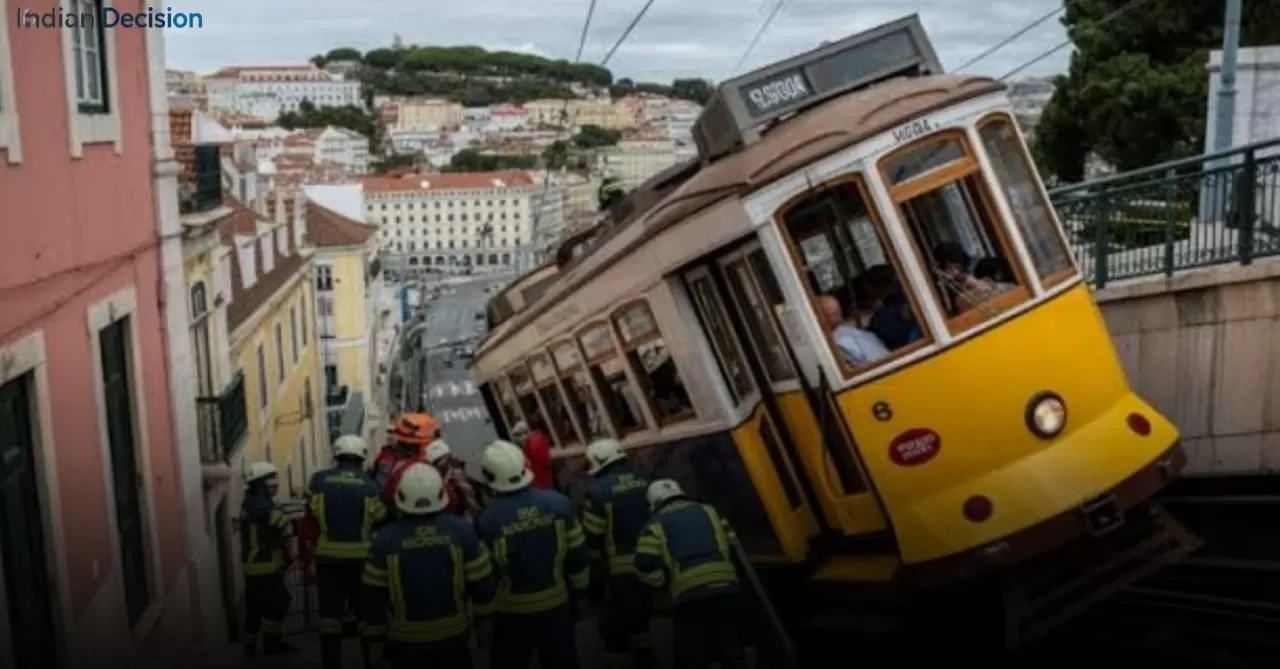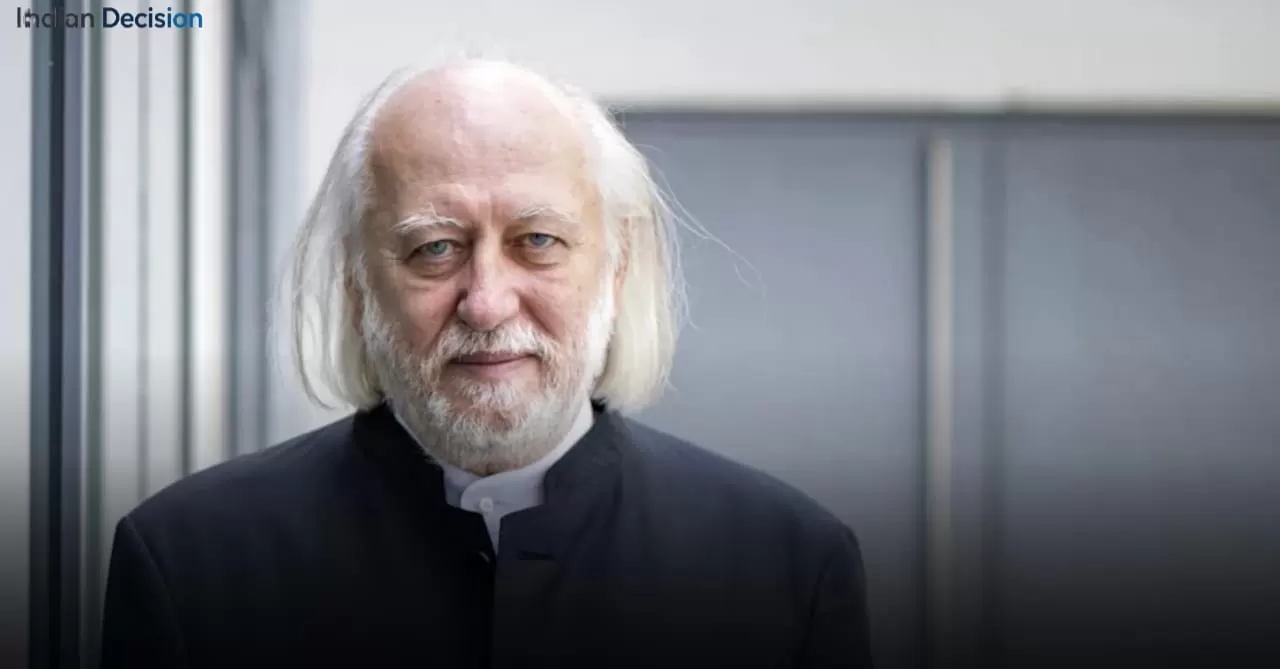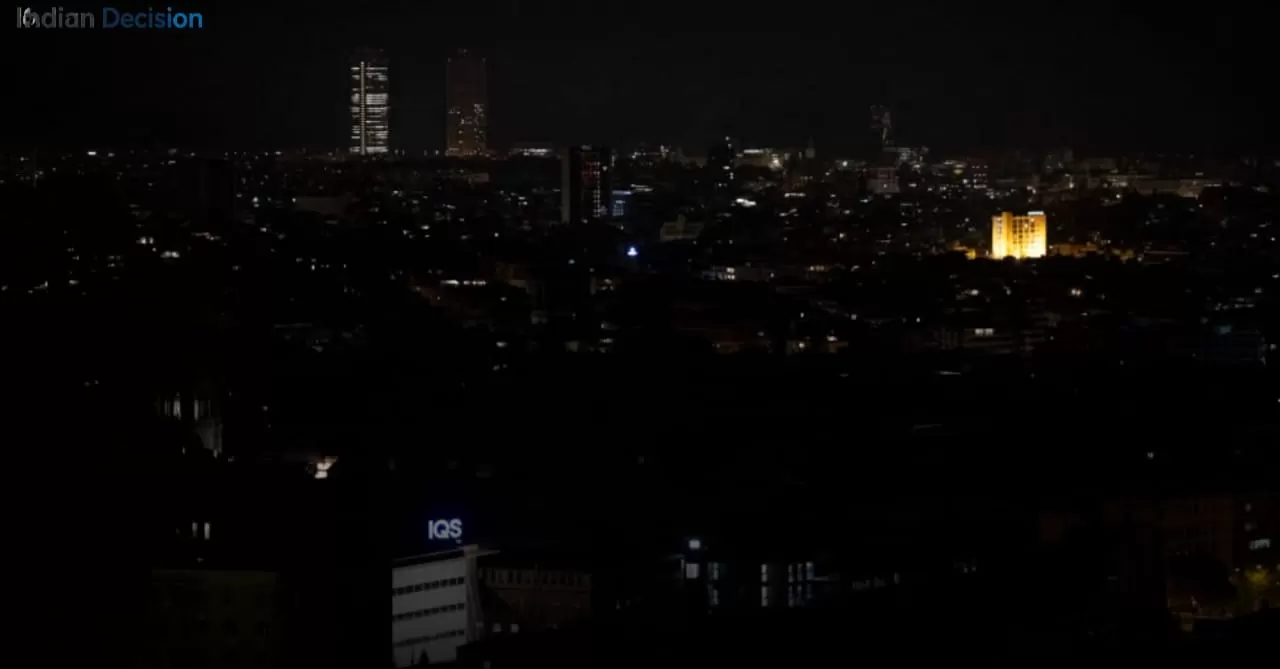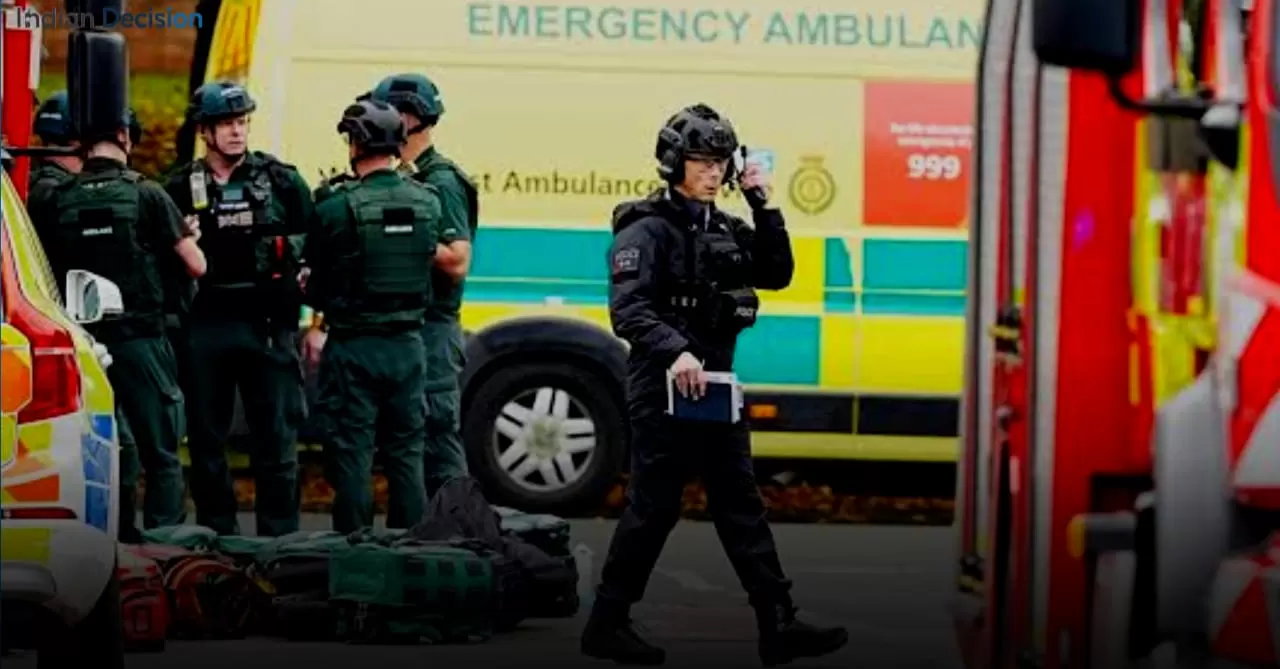Overview: Lisbon’s funicular disaster shocks the city
On September 3, 2025, Lisbon was shaken by a tragic accident on one of its most iconic transport lines. The Glória funicular, also known as the Elevador da Glória, derailed and crashed near Bairro Alto, killing several passengers and injuring dozens more. The line, which has been a staple of the city’s hillside transport for more than a century, now faces the most serious crisis in its history.
Where and when the crash occurred
The derailment took place on the short but steep Glória line that links Praça dos Restauradores with Bairro Alto in the heart of Lisbon. Witnesses described scenes of confusion as the car careened off the tracks before colliding with roadside structures. Within minutes, ambulances, firefighters, and police surrounded the area, blocking access as crews pulled survivors from the wreckage. Authorities declared a city-wide period of mourning and advised residents to steer clear of the zone while recovery efforts continued.
Casualties, injuries and official statements
Emergency medical officials confirmed multiple fatalities, with dozens more receiving treatment for injuries ranging from fractures to critical trauma. Several victims have been identified as foreign nationals, though names have not been released publicly pending family notifications. Lisbon’s mayor called the accident “a devastating day for our city” and praised first responders for their rapid action under harrowing circumstances. National leaders also pledged full support for the investigation and for families of the victims.
What eyewitnesses reported from the scene
Footage posted online showed twisted metal and a funicular car lodged against stone structures along the track. Passengers and bystanders recounted moments of panic as the car appeared to pick up speed before leaving the rails. “It was like the brakes didn’t catch,” said one witness, a café worker nearby. “People were screaming and we heard the crash echo down the street.” Investigators have cautioned against drawing early conclusions, emphasizing that technical analyses will determine the cause.
The cultural and historical weight of the Glória funicular
The Elevador da Glória is more than a transport line. Since the late 1800s, it has carried both locals and tourists up Lisbon’s steep incline, serving as a practical commute option and a beloved heritage landmark. Its central location and daily ridership made it a familiar part of Lisbon’s rhythm. The accident has therefore not only caused immediate tragedy but also shaken public trust in one of the city’s most enduring symbols.
Key areas under investigation
- Mechanical integrity of the braking and cable systems
- Inspection records and maintenance logs from recent months
- Operational procedures followed by the crew on duty
- Possible external factors such as track obstructions or weather conditions
- Surveillance footage from onboard cameras and nearby streets
Transport officials have pledged transparency, saying preliminary reports will be shared as soon as credible findings emerge. Safety inspectors will examine not only the damaged car but also the entire line to rule out systemic faults. Until then, the line will remain suspended indefinitely.
Practical advice for Lisbon residents and visitors
Authorities urge people to avoid the crash site and surrounding streets as recovery operations continue. Travelers heading to Bairro Alto should use alternative bus routes or walk via adjacent streets. For residents and tourists alike, checking Lisbon’s official transport updates before making travel plans is essential. Those who witnessed the crash are being asked to provide statements to police, while anyone feeling physical or emotional distress is advised to seek medical assistance promptly.
How to follow reliable updates
Officials stress the importance of relying on credible sources. Lisbon City Hall and the National Authority for Road and Rail Safety are issuing verified statements. Major international news outlets are also running live coverage. Residents can consult official transport portals for rerouting information and municipal press releases for updates on the investigation. Experts warn against circulating unverified images or speculation on social media, which could hinder ongoing efforts.
Frequently asked questions about the crash
Q. Is the Glória funicular operating now?
No. Service remains suspended until authorities finish investigations and certify the line safe. Reopening will be announced only after safety inspections and repairs.
Q. How many casualties have been confirmed?
Emergency services reported multiple fatalities and dozens injured. The exact toll is still being verified, and officials are working with embassies to identify foreign nationals involved.
Q. What should visitors to Lisbon know right now?
Visitors should avoid the crash site, respect cordons, and follow official guidance for alternative travel. Lisbon remains open to tourists, but heightened safety measures are being implemented across transport services.
Looking ahead: why this tragedy matters
The derailment is not just a local incident but a national shock. The Glória funicular is one of Lisbon’s most photographed icons, featured in guidebooks and postcards. Questions about safety standards, oversight, and infrastructure funding are now unavoidable. The tragedy could also prompt a wider review of Portugal’s heritage transport systems, which combine historical charm with modern demands for safety and reliability.
Conclusion
The Lisbon funicular crash stands as one of the city’s darkest transport disasters in recent memory. While grief dominates today, the focus will soon shift to accountability, safety reforms, and rebuilding trust. For now, residents and visitors are urged to stay informed through official sources and support recovery efforts responsibly. As investigations unfold, the Elevador da Glória will remain a silent reminder of a tragedy that cut into Lisbon’s historic heart.







